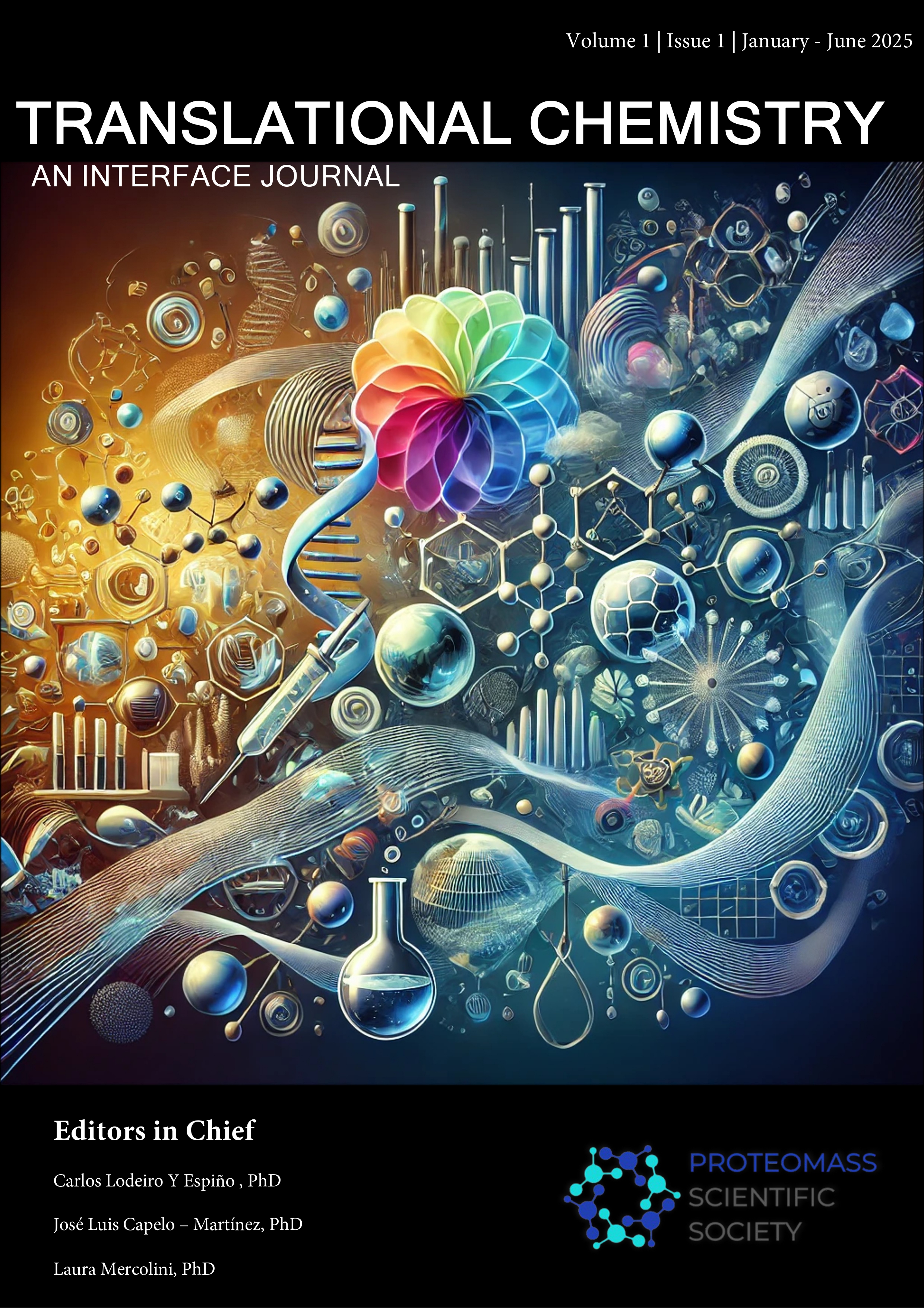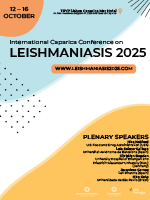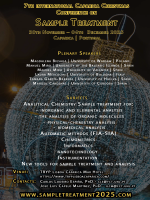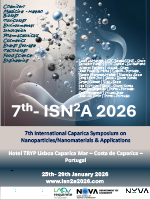Enhancing Luminescent Solar Concentrators with Aggregation-Induced Emission Fluorophores: Overcoming ACQ for Efficient Light Harvesting in PMMA Films
DOI:
https://doi.org/10.5584/translationalchemistry.v1i1.241Keywords:
Luminescent solar concentrators, aggregation-induced emission, poly(methyl methacrylate), optical efficiencies, device efficiencyAbstract
The development of efficient and stable luminescent solar concentrators (LSCs) requires fluorophores with high photoluminescence quantum yield (QY), minimal self-absorption, and robust solid-state performance. In this work, we investigate the optical properties and device performance of a red-emitting, aggregation-induced emission (AIE)-active fluorophore, [N,N’-dicyclohexyl-1,7-bis(4’-(1’,2’,2’-triphenyl)vinyl)phenylperylene-3,4:9,10-tetracarboxylic bisimide] (1,7-DTPEPBI), embedded in poly(methyl methacrylate) (PMMA) thin films. The dye was characterized in solution and polymer matrices, revealing excellent absorption characteristics and AIE behavior in solvent/non-solvent mixtures. In PMMA films, 1,7-DTPEPBI displayed concentration-dependent fluorescence, with a maximum QY of 37% at 0.4 wt.% and a red-shifted emission ideal for LSC applications. LSC devices were fabricated using solution-cast PMMA films doped with the dye at varying concentrations. Optical characterization showed an internal photon efficiency (hint) up to 29% and minimal self-absorption losses, confirmed by P₀ values close to 0.9. Despite lower external photon efficiency (hext) and device efficiency (hdev) compared to benchmark fluorophores, the AIE-active 1,7-DTPEPBI demonstrated potential as a solid-state emitter for thin-film LSCs, especially in configurations requiring reduced dye reabsorption and good long-term photostability.
Downloads
Additional Files
Published
Issue
Section
License
Copyright (c) 2025 Translational Chemistry – An Interface Journal

This work is licensed under a Creative Commons Attribution 4.0 International License.







